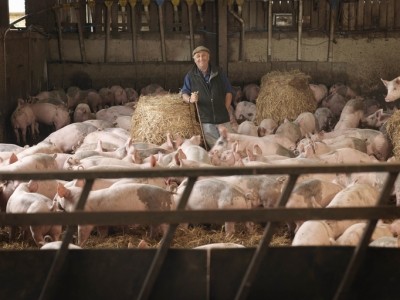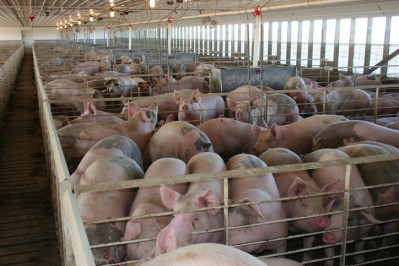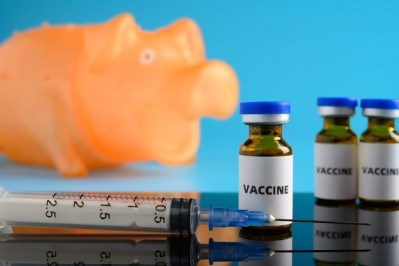Global swine market: Top 5 trends to watch out for

Feed costs will continue to loom large
Feed costs remain near record levels after a disappointing harvest in the US, parts of Europe, and Asia. This is resulting in near-record low grain and oilseed inventories and historically high prices.
The acreage of corn and soybeans being planted in the Southern Hemisphere could help ease but not eliminate the strain in 2023, said the analysts.
Logistical issues such as low river levels are adding further costs and increasing volatility. “We believe feed availability and cost will remain challenging through 2023.”
Competition for reduced grain and oilseed inventories and the resulting price increases are compounding the difficulties producers face in terms of labor and energy costs, they added.
Herd health
Herd health challenges and the ongoing impact of African Swine Fever (ASF) are reducing near-term production and impacting producers’ willingness to invest in future growth, finds the latest Rabobank pork quarterly.
While herd rebuilding efforts in most of Asia have been successful, current demand does not support more aggressive increases. Only Brazil is expected to expand its herd in 2023, while expectations have been pared back in China, the US, and Europe, said the team.
Macroeconomic conditions
As inflation outpaces wage growth, lower real wages will negatively impact protein consumption in Q4 2022 and 1H 2023.
“Historically, as macroeconomic conditions soften, pork does better in most markets than many protein alternatives, yet we expect global pork prices to be impacted by lower consumer confidence.”
Competitiveness of pork in retail and foodservice channels
Value-conscious consumers are already seeking out lower-value cuts and trading down from branded to private label alternatives at retail. Consumers are also limiting foodservice purchases, adding further weakness to premium product markets, according to the Rabobank report.
Anticipating some seasonal strength in demand, processors have built inventory to satisfy a modest rebound in Q4 2022, said the analysts. “Holiday sales will test the market’s resilience and its ability to absorb premiums. Lower GDP growth expectations in 2023 will limit market needs and slow herd-rebuilding efforts.”
Trade flows
Weaker economic growth expectations will also impact trade volumes in Q4 2022 and early 2023, they said.
In Q3 2022, higher pork prices in key exporting nations limited pork’s competitiveness, but pork shipments to most markets were relatively strong through the third quarter, with local supplies insufficient to satisfy demand in key markets in South Korea, Japan, and Mexico, reads the publication.
Disappointing shipments into China and a lack of clarity around the prospects for improvement given ongoing COVID-19 related restrictions have forced other markets to absorb the excess, noted the team.
“Efforts to stabilize production in some regions have been slow due to productivity challenges and consumer uncertainty, resulting in improved trade prospects for 2023,” said Christine McCracken, senior analyst, animal protein, Rabobank. “Moreover, recent price setbacks and government interventions to stabilize food prices could work to strengthen demand.”








